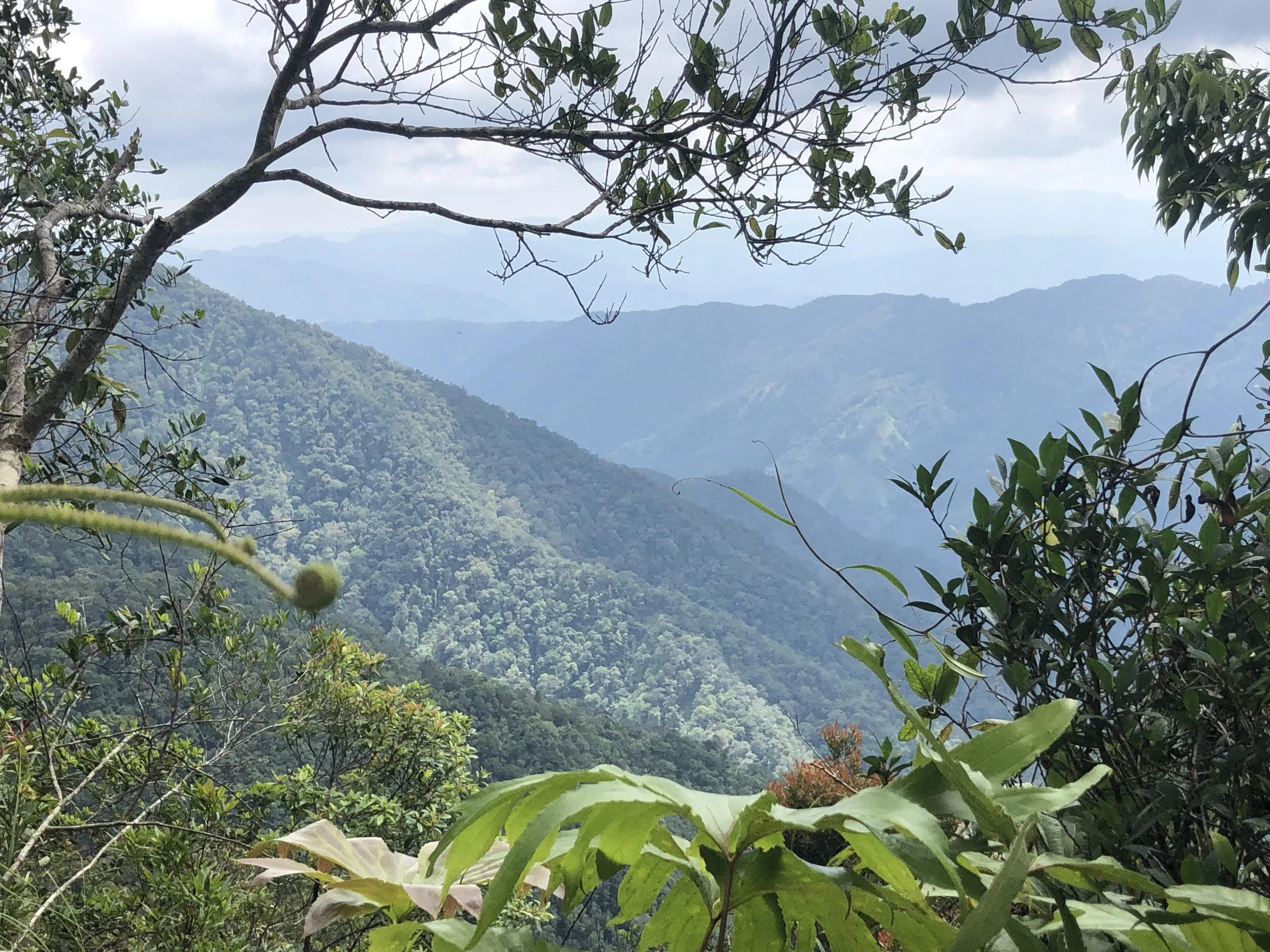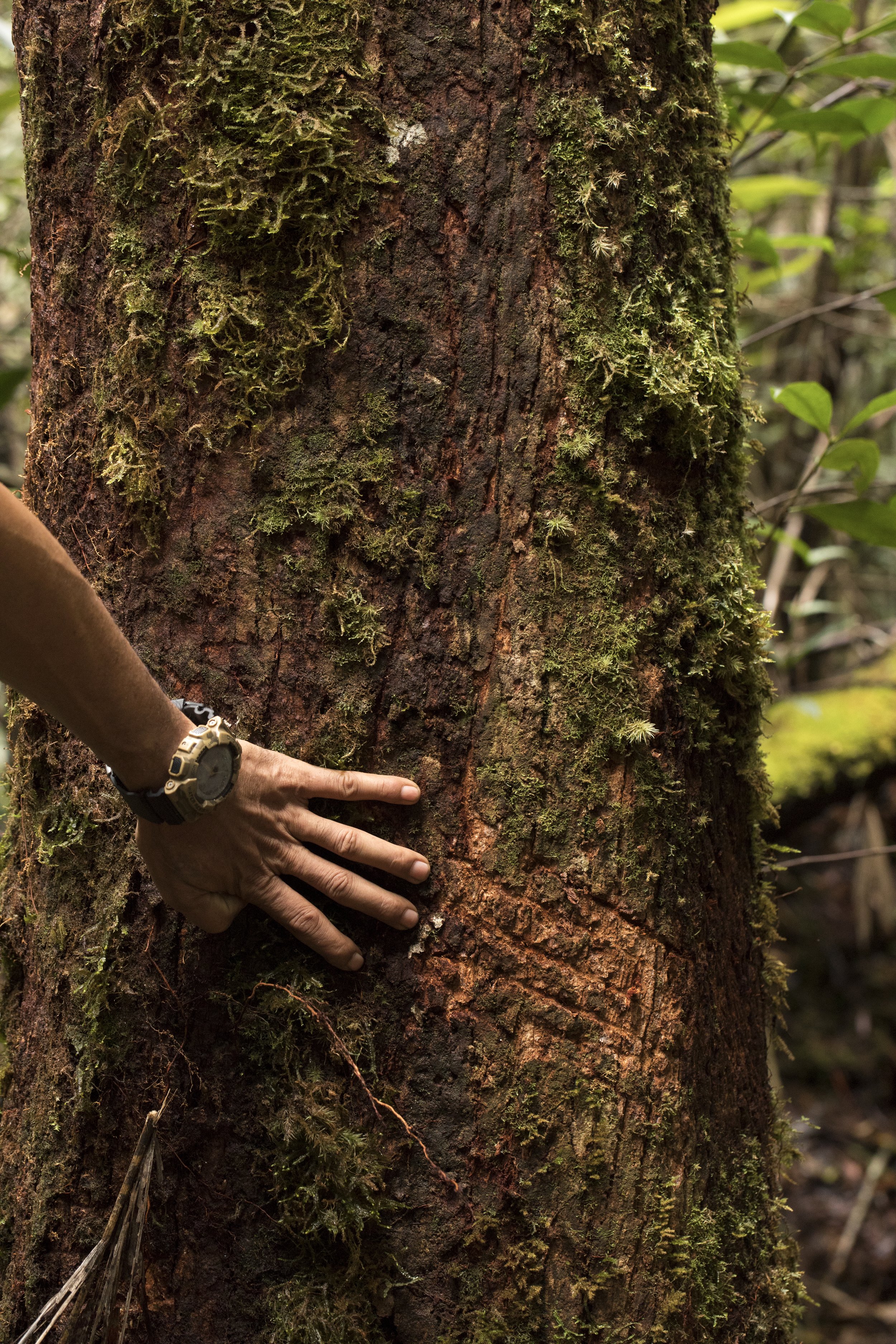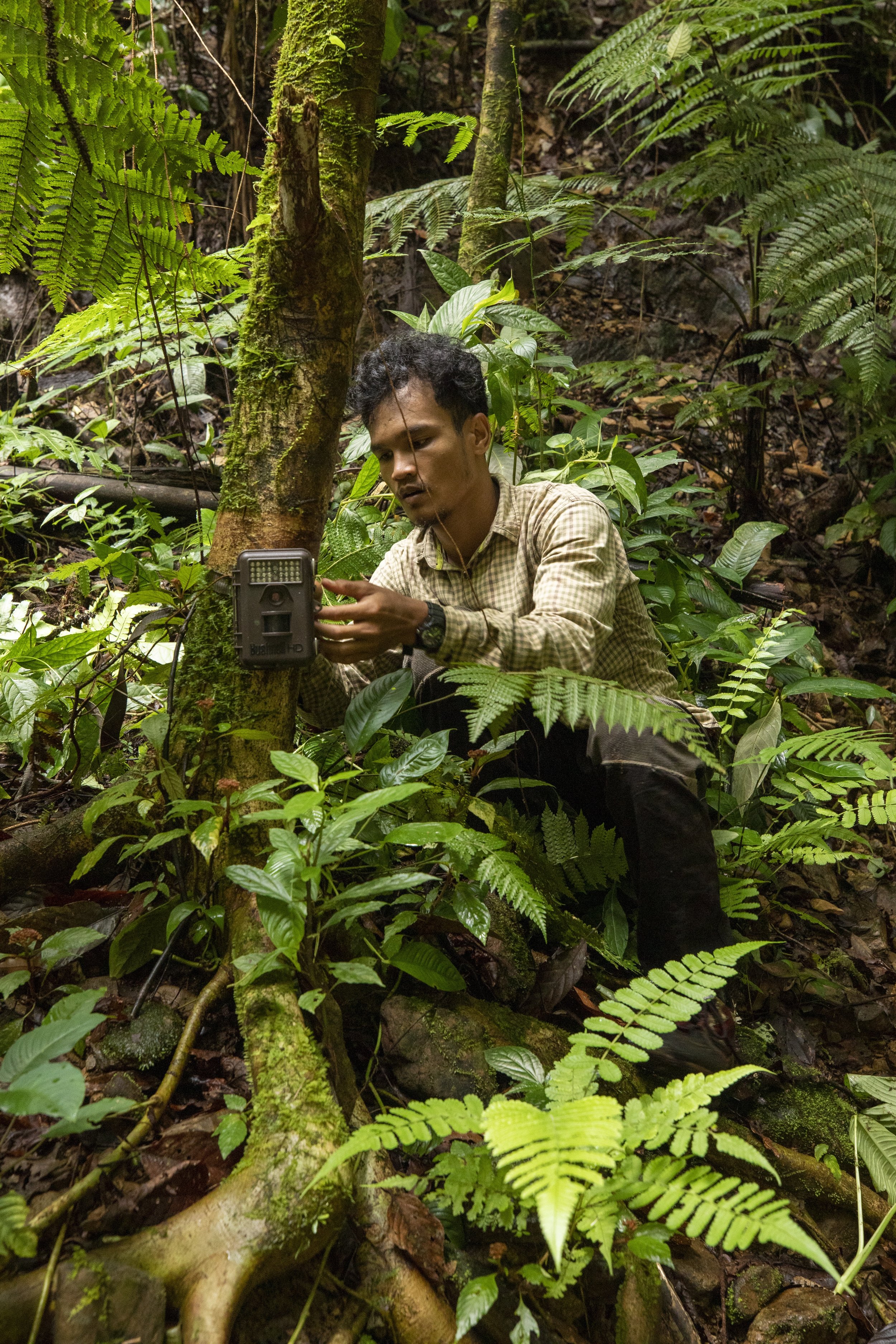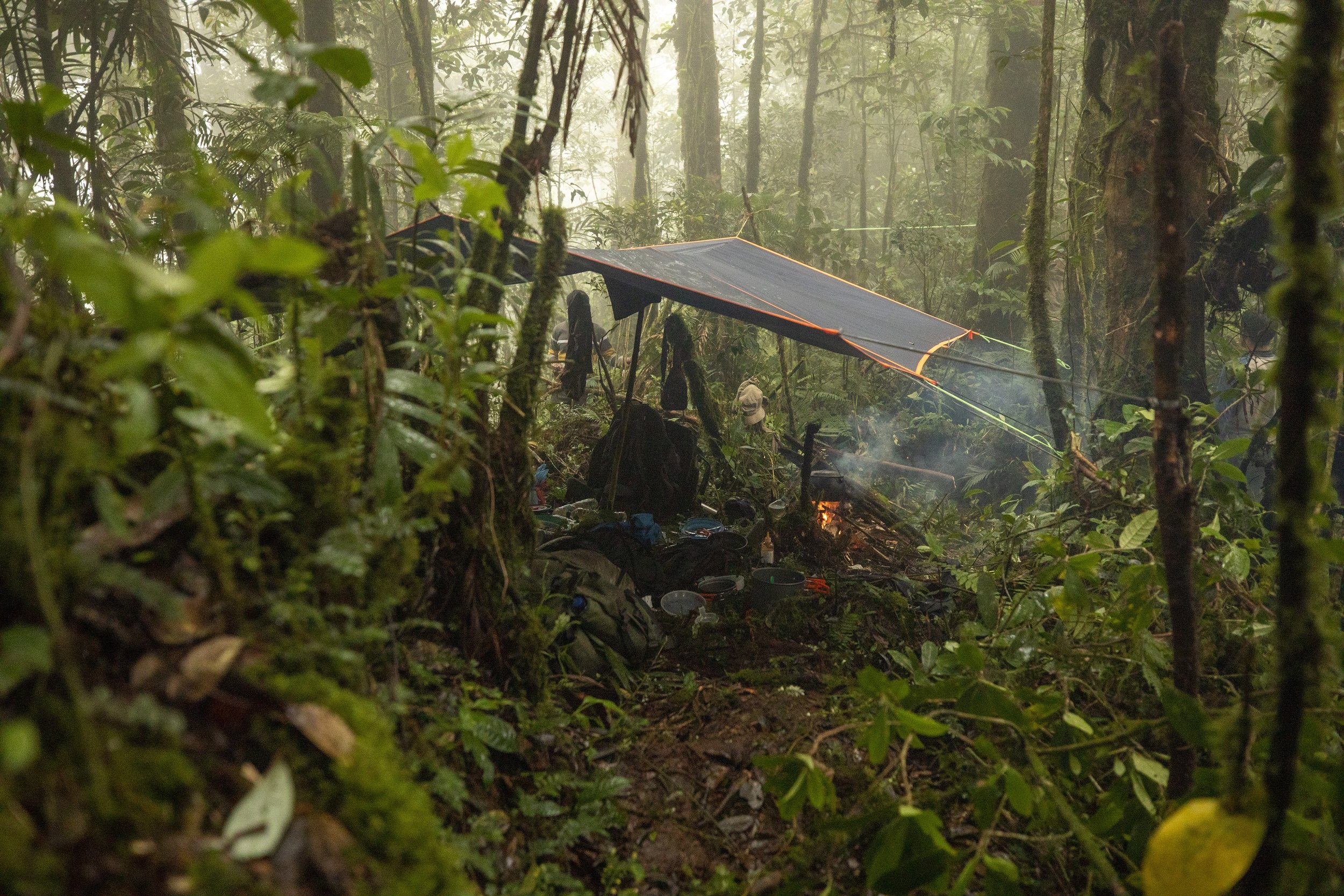
LOBU TAYAS forest
LOBU TAYAS VILLAGE FOREST IS LOCATED IN SOUTH TAPANULI DISTRICT, NORTH SUMATERA PROVINCE, INDONESIA
The community in Lobu Tayas village is in the process of securing management rights through the establishment of Hutan Desa (Village Forest). Currently, the status of the area is State Forest (Hutan Negara) which consists of 90% of Protection Forest (Hutan Lindung) and 10% of Production Forest (Hutan Produksi). The legal status will give the community rights to manage the forest areas for 35 years with which the 2,000 ha of already cultivated areas will be allocated for sustainable agriculture and the other 10,000 ha will be fully protected as village forest allowing only sustainable harvest of non-timber forest products (NTFPs).
Grantee Team
Yayasan Pelestari Ragamhayati dan Cipta Fondasi Indonesia (PRCF Indonesia), the project Grantee, has extensive and comprehensive experiences in village forest establishment and management in West Kalimantan through provision of capacity building, implementation supervision, monitoring, and securing long-term results-based finance for the purpose of effective conservation management and community development.
Since March 2022, PRCF started replicating the Village Forest model from West Kalimantan in North Sumatera via piloting the establishment of one 4,600 ha Village Forest (Pepatang Raya). Currently there are additional four village forests in the pipeline with one being Lobu Tayas and the three others being situated in the Batang Toru Ecosystem where PRCF is running a community-based Tapanuli Orangutan conservation program.
FCF is supporting the village forest in Lobu Tayas village, Aek Billah sub-district, South Tapanuli district, particularly through conservation management and livelihood development aspects, while setting the stage for securing long-term results-based finance for the village.
Biodiversity
The forests in Lobu Tayas village are home to vulnerable, endangered, and critically endangered wildlife species including the Sumatran Tiger, Sunda Pangolin, Helmeted Hornbill, Sumatran Laughing Thrush, Asian Forest Tortoise, Sumatran Tiger, Sunda Slow Loris, Malayan Tapir, Siamang, Agile Gibbon, Southern Pig-tailed Macaque, Long-tailed Macaque, Sumatran Surili, Sunda Clouded Leopard, Asian Golden Cat, Sun Bear, Sumatran Serow and Silvery Lutung.
Both protection and production forests in the village are made of highly valuable plant species that are important sources of food, herbal medicine, and cultural goods for local community’s livelihood. Plant surveys have not been undertaken for the forest areas, but the community has agreed to use only 2,000 ha of the already cultivated areas for sustainable agricultural practices and fully protect the other 10,000 ha as protection forest which only allows sustainable harvest of NTFPs such as rattan by the local community.
Threats
Lobu Tayas forest has been mostly protected from large-scale destruction due to its remoteness and rugged terrain, resulting in poor access. However, due to the construction of a dam near Lobu Tayas the access is expected to increase, inviting the influx of oil palm, illegal logging, poaching, and other anthropogenic pressures. If the forest is not out under effective community stewardship, then the fate of Lobu Tayas might be similar to other villages, where the expansion of oil palm plantations has resulted in the loss and degradation of the forest.
In this context, securing rights for the community in Lobu Tayas village to protect and sustainably manage their forest becomes the most effective solution to address the potential threats.
Project Activities
The project entails the following key aspects:
1. Capacity building for sustainable agriculture through the Training of Trainers Approach
2. Sustainable Village Enterprise Development, Institutional Capacity Building, and Facilitation of market access
3. Biodiversity Monitoring and Protection through Community Conservation Teams
4. Installing community governance mechanisms for natural resource management through social forestry and investing in the capacity building of the management committee for implementing Community Conservation Agreements in HCV areas that are located outside of the State Forest area
5. Integration of traditional/customary practices and local wisdom into conservation management
QUICK STATS
Area: 10,000 ha
Threatened Wildlife: Sumatran Tiger, Sunda Pangolin, Sunda Slow Loris, Malayan Tapir, Siamang, Agile Gibbon, Helmeted Hornbill, Asian forest Tortoise
Grantee: Yayasan Pelestari Ragamhayati dan Cipta Fondasi Indonesia (PRCF Indonesia)
Remaining budget to fund: 0 for Year 1
Current funders: Hershey and Colgate have fully funded the first year, 2024
Commodities: Palm oil, Rubber, and Pulp and Paper
Contact us to find out more about the Lobu Tayas Project!




